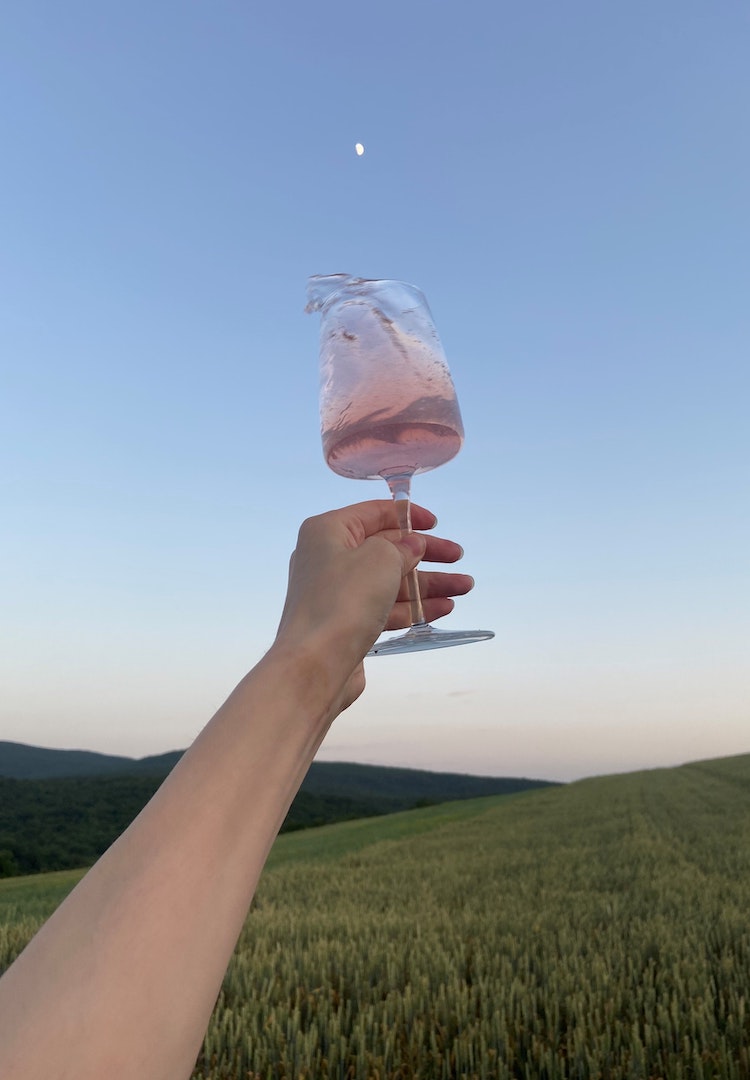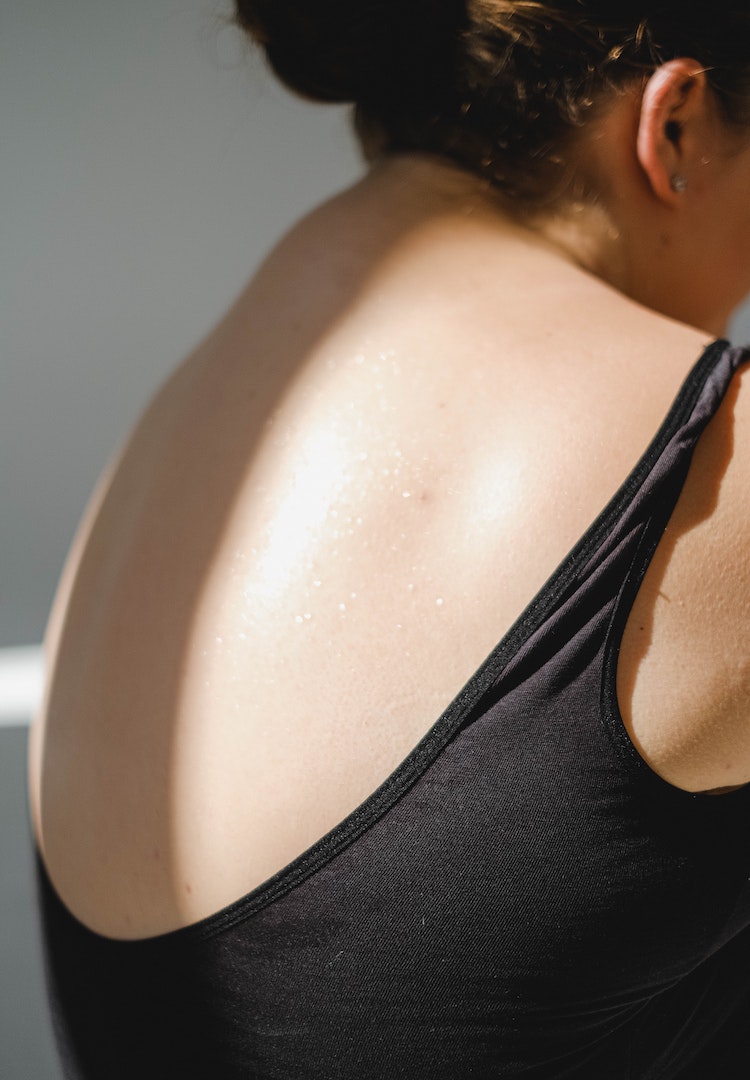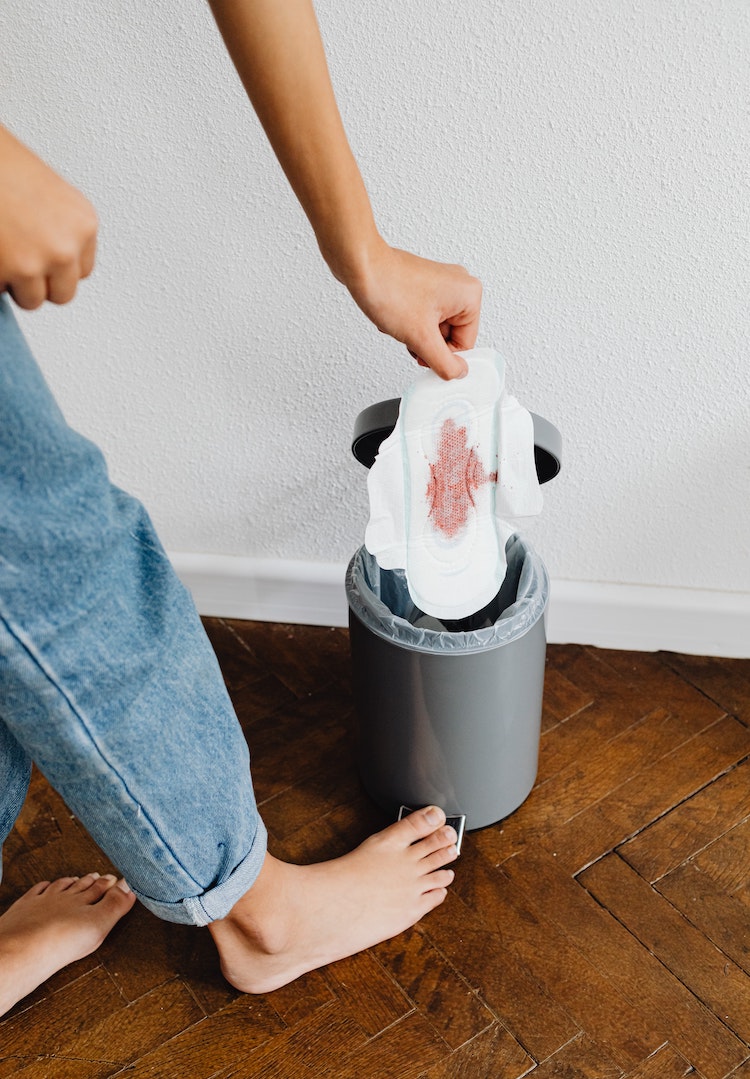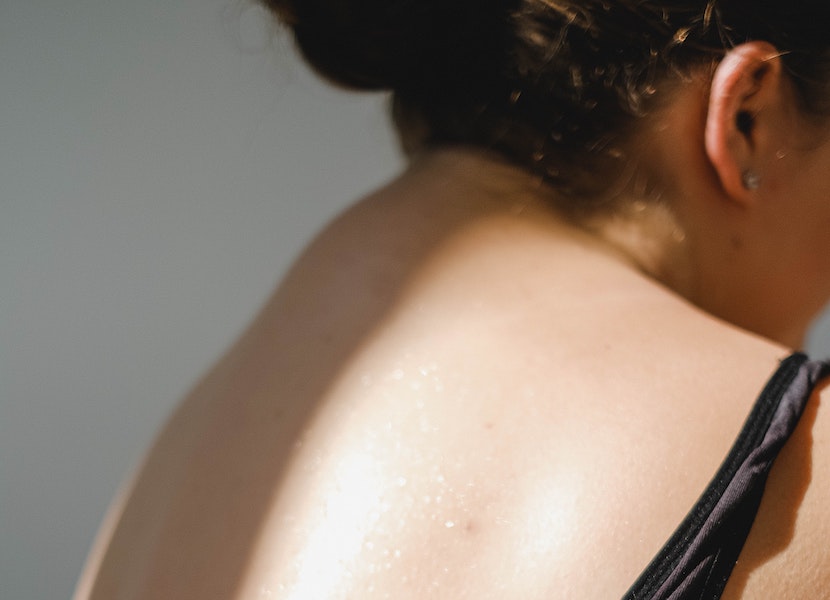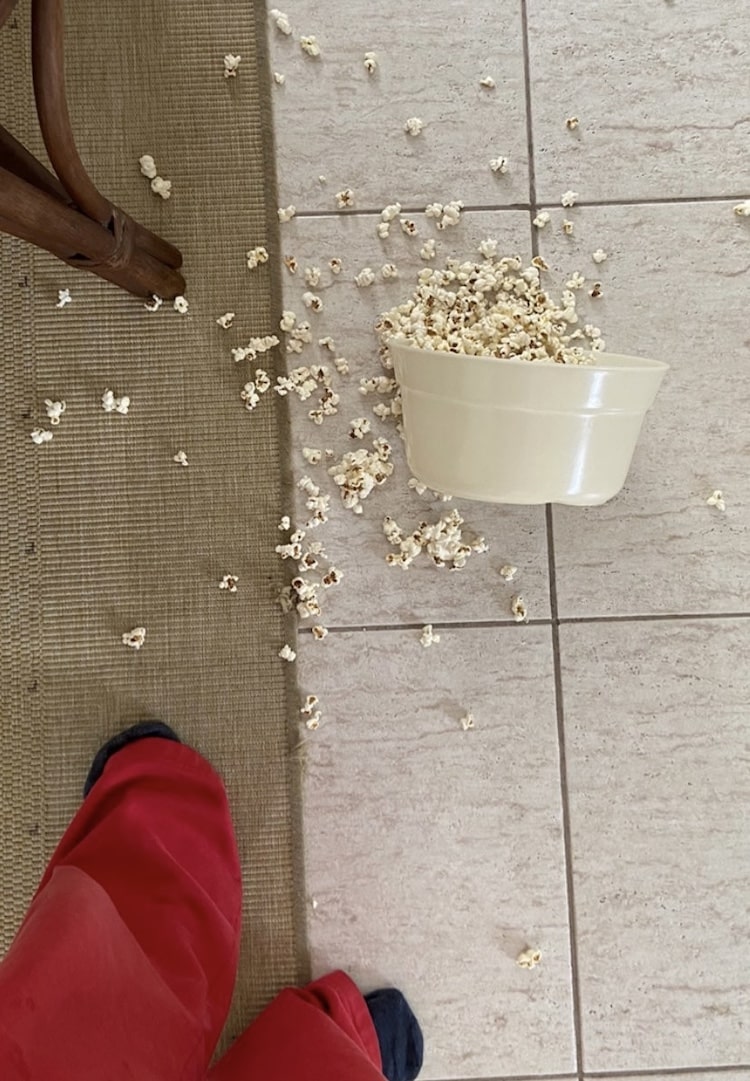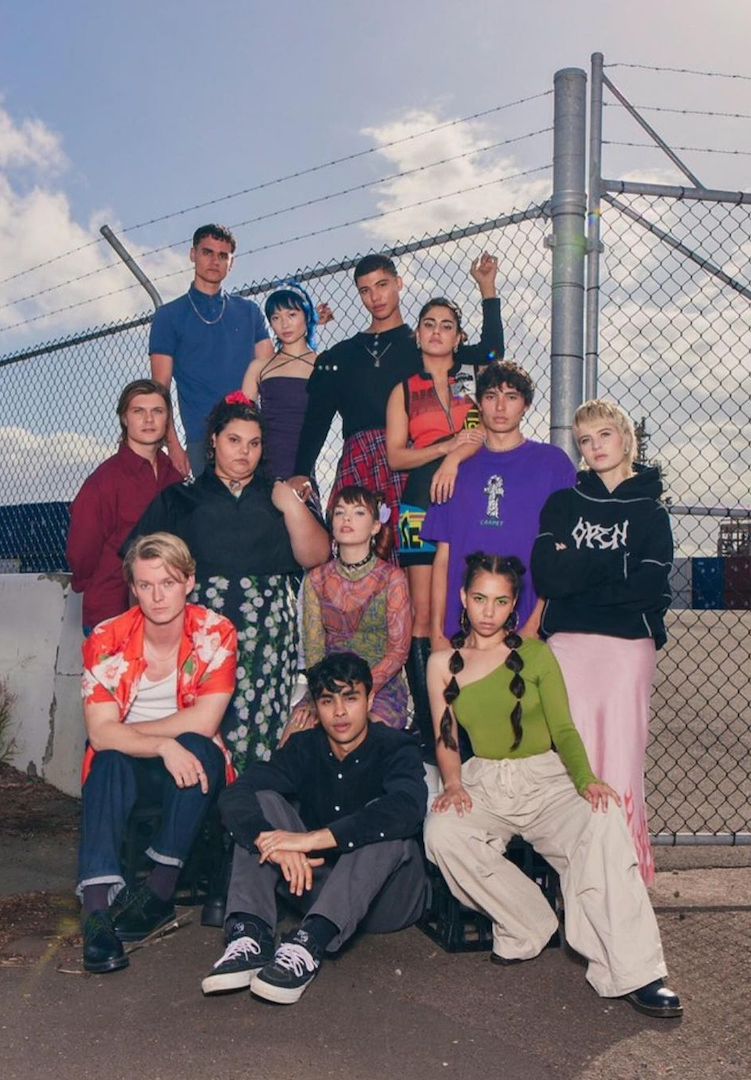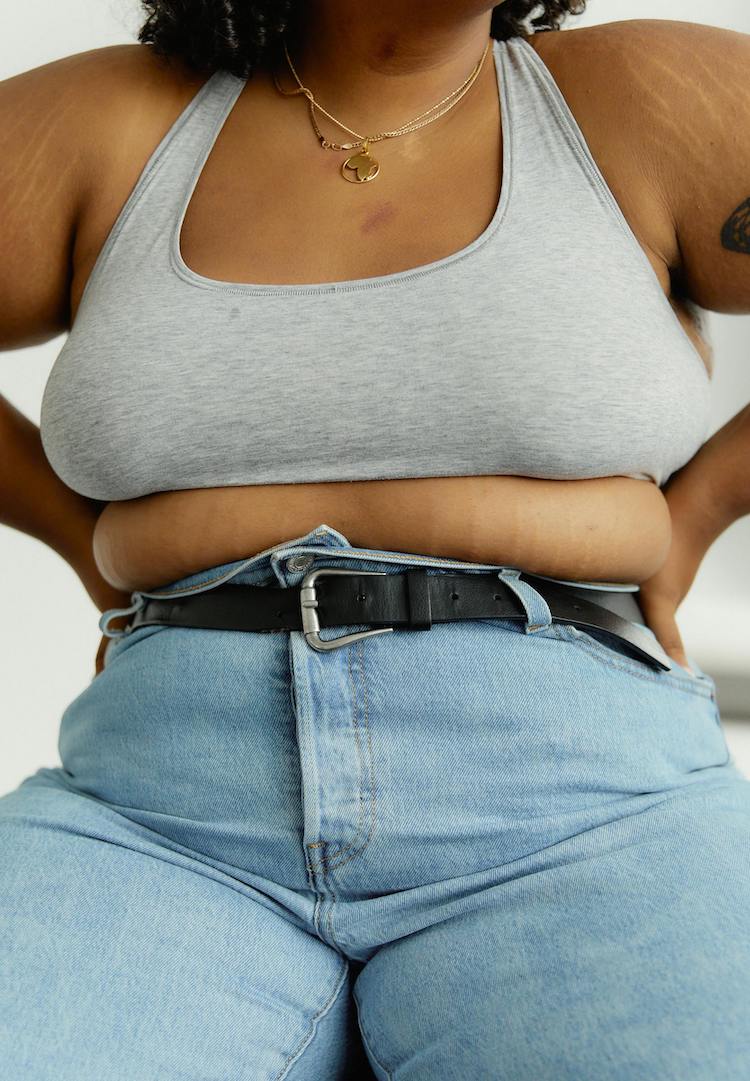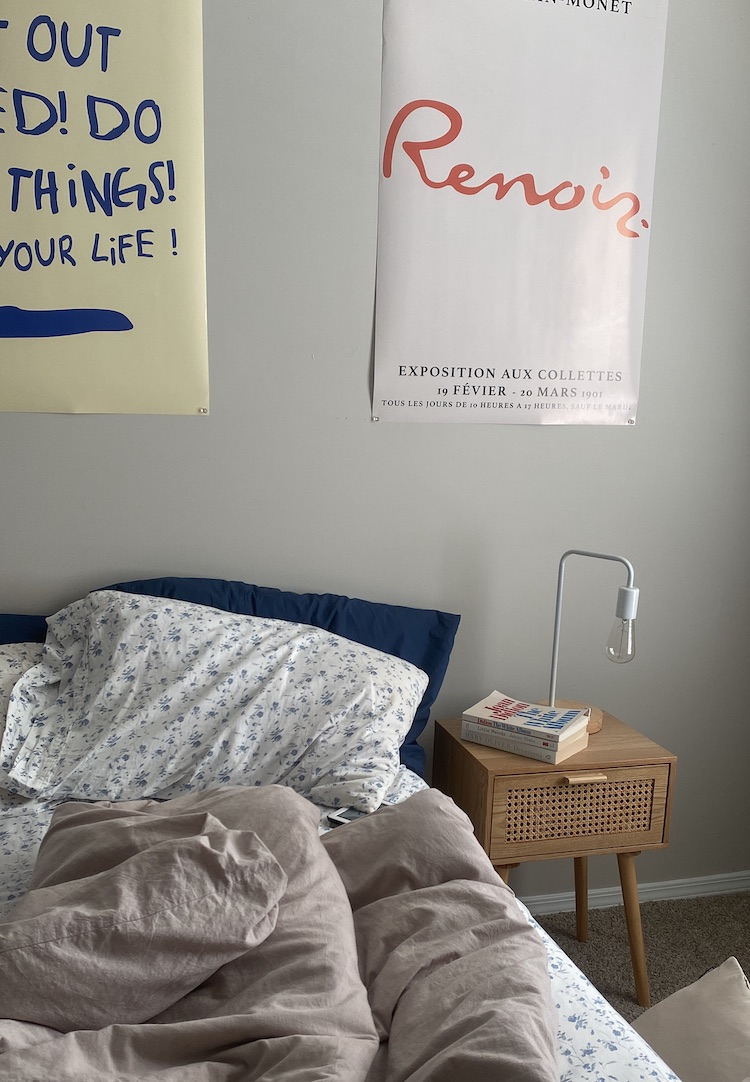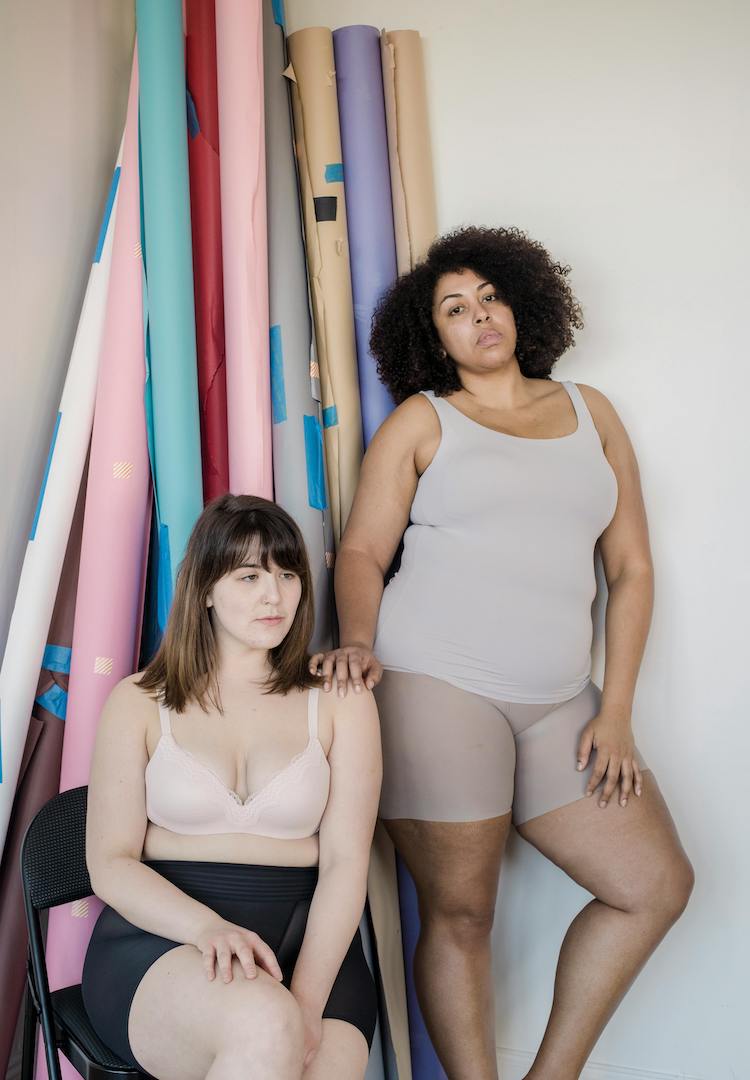I’m a sex-repulsed asexual person, here’s what that means
WORDS BY Caroline Elisabeth Cull
“It’s like every single nerve that made other people ‘tingle’ had the exact opposite effect on me.”
The idea of sex and being perceived sexually by others makes me feel incredibly uncomfortable. I liken the feeling to experiencing acid reflux or panic attacks. I can’t remember the last time I felt comfortable in a bikini. It literally got to the point where I custom-ordered bike shorts in swim material.
I used to play it off as being a tomboy because I couldn’t understand why I didn’t feel the same as my friends. They wanted to look good at the beach for the boys they had crushes on. Me? I was hyper-focused on building sandcastles and trying not to drown.
Looking for more stories on navigating the modern world? Head on over to our Life section.
When I kept my shirt on while everyone else was swimming, people questioned it. They thought I was body conscious, so they complimented my body thinking it would make me feel better. It just made me feel worse. Fast forward many confusing years, and I realised why I felt that way. I’m asexual (or ace for short), and more specifically, I’m a sex-repulsed asexual.
If you don’t know what asexuality is, it’s on the lowest end of the spectrum of sexual attraction with allosexuals being on the opposite side. Asexuality is defined as having little to no sexual attraction to others. That’s not to say asexuals don’t have sex or masturbate, though. I like to say it’s “attraction, not action”. I liken sexual attraction to ‘I want you’ versus libido, which is ‘I want it now’.
Looking back, I now see it reflected in so many other ways. Sex and hook-up scenes in films made me uncomfortable. Anybody touching my thigh made my skin crawl. People whispering in my ear made me want to barf. It’s like every single nerve that made other people ‘tingle’ had the exact opposite effect on me. For many allosexual people, there are around 31 erogenous areas on the body – the touch-sensitive areas that make you feel aroused. For me, touching those areas has always felt like a nightmare.
Thank god for the people that break down attraction models and labels online. When I discovered asexuality, there were people in the community that had already done the labelling groundwork for me – I just had to pick one that fits. And there are many micro-labels in the asexualverse.
There’s demisexual, where you can only experience sexual attraction to those you’re comfortable, safe and/or closely intimate with. There’s greysexual, where you rarely experience sexual attraction aside from random and fleeting moments. There’s also apothisexual, which is the official label for those who are asexual and sex-repulsed like me. And there are so many more micro-labels, as it’s a pretty vast spectrum. I think that’s why it took me so long to really understand where I belonged on the spectrum. It was a little confusing at first, but I got there eventually.
Before 2019, I hadn’t even heard the word ‘asexual’ aside from a drunk Google search that I dismissed because it lacked accuracy. It took me until I was 25 to finally understand, with the help of on-screen representation in the Netflix show Sex Education. Since then, I’ve dedicated the last four years to bettering representation and accessible information online for the community. As a filmmaker, it’s hard to see so many shows and films either without representation or lacking accuracy. Now, I’m forever dedicated to changing that.
I started off by helping promote and market the world’s first feature film with asexual representation, titled Dear Luke, Love Me. Next, I started working on script consultancy for projects with asexual representation, like String Theory and Girl Riot. In the last few years, I’ve seen steady growth in asexual representation. It really is a case of the community showing up, as nobody has ever really fought for us like this before.
Aside from filmmaking, a huge next step forward is bettering sex education in schools. I want schools to teach kids about the spectrums of attraction and gender. Education like that would’ve saved me years of unhealthy relationships and self-loathing.
Now I know that asexual icons like Marilyn Monroe and Sir Isaac Newton walked the same path as me. The way forward is with the next generation, and if they’re equipped with accurate knowledge, asexuality will hopefully become more widely accepted.
For more on asexuality, try this.

